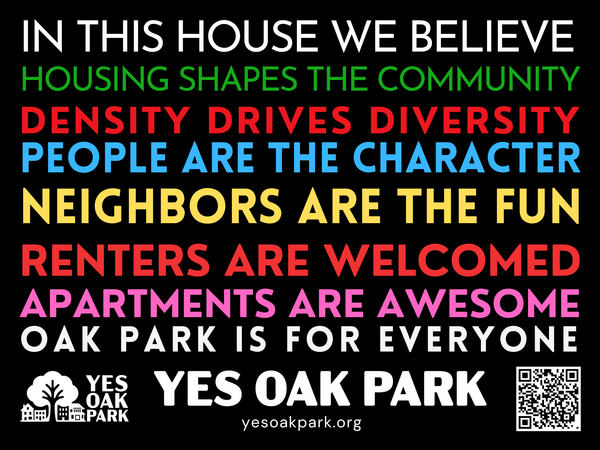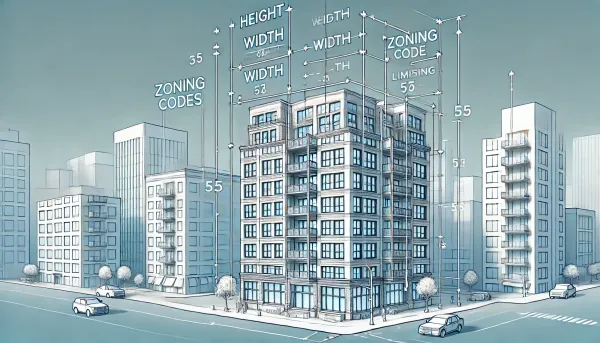Escaping the Housing Trap

I can heartily recommend ‘Escaping the Housing Trap’ by Charles L. Marohn Jr. and Daniel Herriges. This is the third in a series of books from https://www.strongtowns.org/, focusing on housing and housing affordability.
The book opens with ‘how we got here’, a somewhat depressing retelling of how ever increasing federal subsidies/bailouts and a failure to build new housing have brought us to the point where aggregate housing values now exceed their level at the height of the 2000s housing bubble.We’ve built an entire economy that’s dependent on ever increasing home values, so the incentives at the local level are perverse.
We want affordable housing, but we don’t want the value of our own house to fall. But the authors refuse to wallow in despair, instead spending most of the book focusing on what can be done, from the ground up, at a local level, to spur new development that’s sensitive to local conditions.Their analysis is more nuanced than ‘build baby build!’ They acknowledge that some development can indeed have negative impacts and that neighbors can have good reasons to oppose specific development, especially if they are far out of scale to what currently exists.
Instead they advocate for the ‘next increment’ in density. If developing in a single family home district, the next increment is two flats, or three flats, not large apartment blocks. But an area with large apartment blocks already might be able to support a hi-rise as the next increment. Accomplishing this of course requires the usual zoning reform prescriptions, removal of single family zoning, loosening of lot coverage and height restrictions, and removal of parking minimums.
Though they touch on the racialized history of our current zoning practices, they don’t dwell on it, and it’s clear that Strong Towns in general doesn’t find this a particularly persuasive argument. Their approach is local, adaptive, always pragmatic, and it centers local feedback and persuasion over state level mandates, which it notes have had limited success.
They provide many different examples of communities that are experimenting with new approaches to spur local development, and walk through what has, and hasn’t worked. There’s a lot of meat on the bone here, and I am still digesting. This was an easy read that’s very approachable, avoiding wonky jargon or polarizing polemics. Highly recommended.
https://www.amazon.com/Escaping-Housing.../dp/1119984521/


